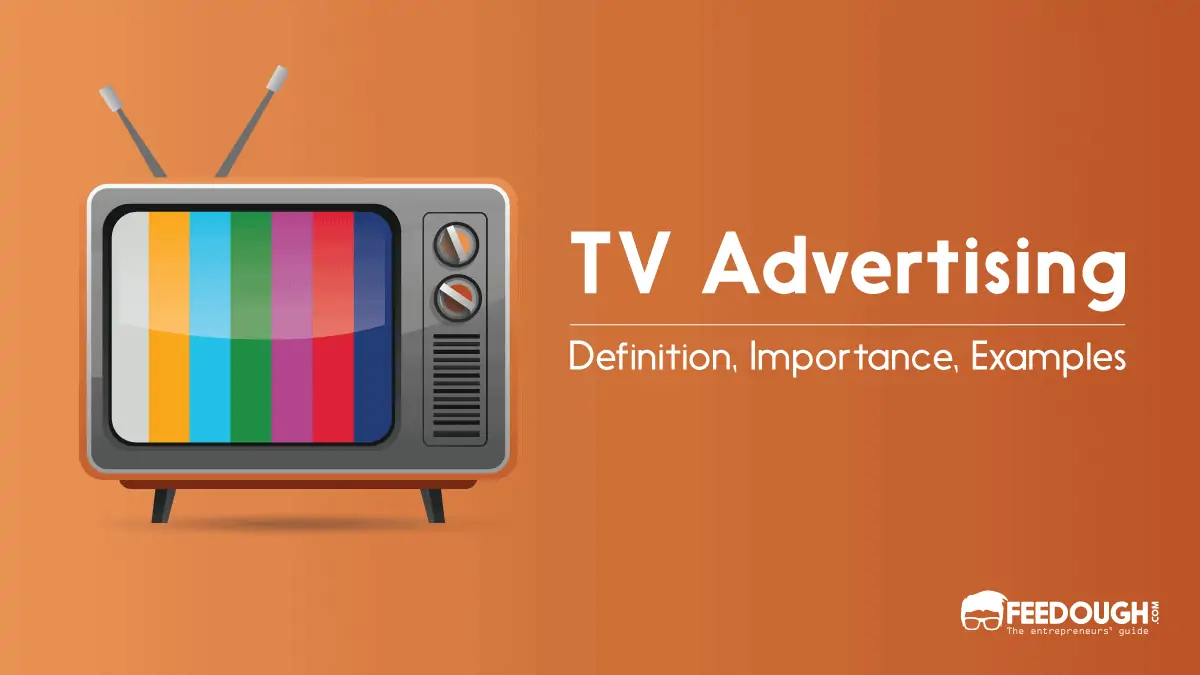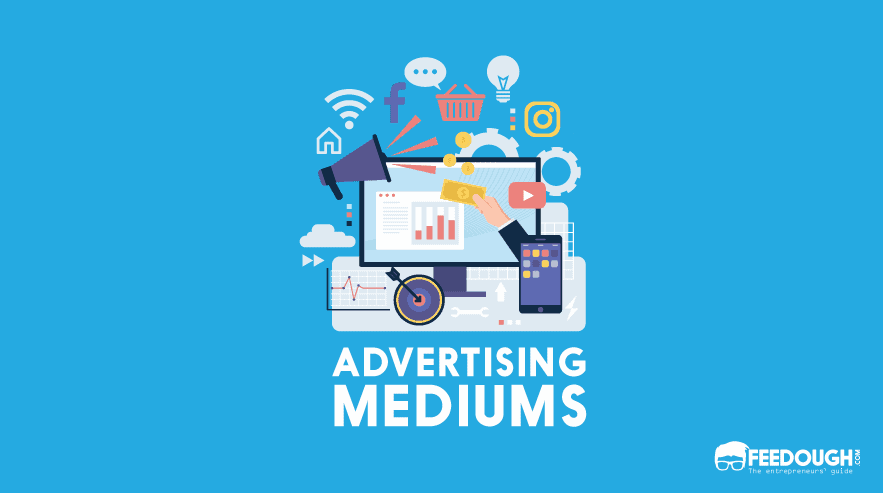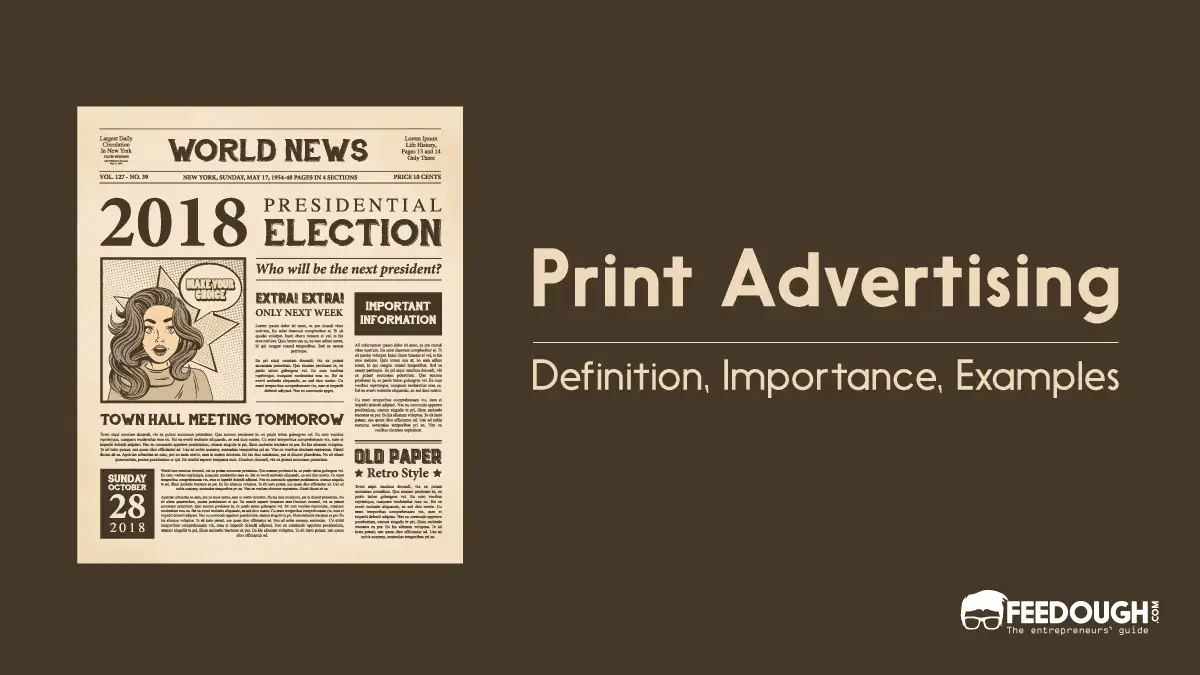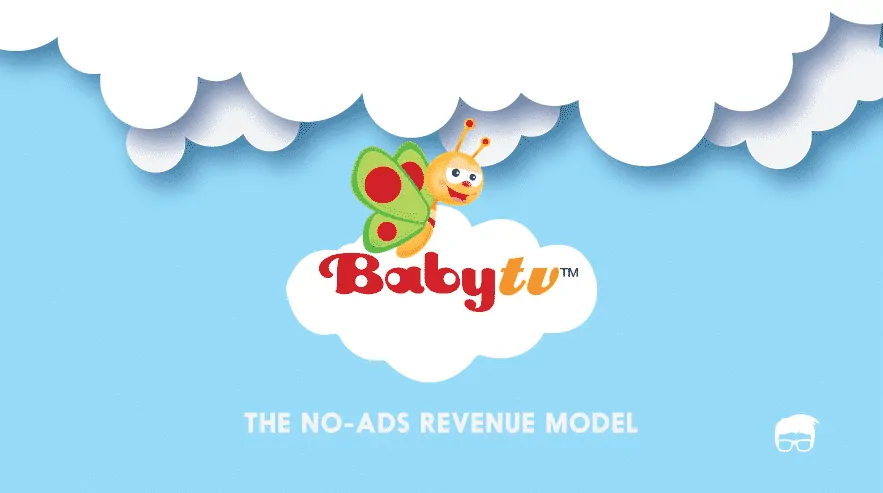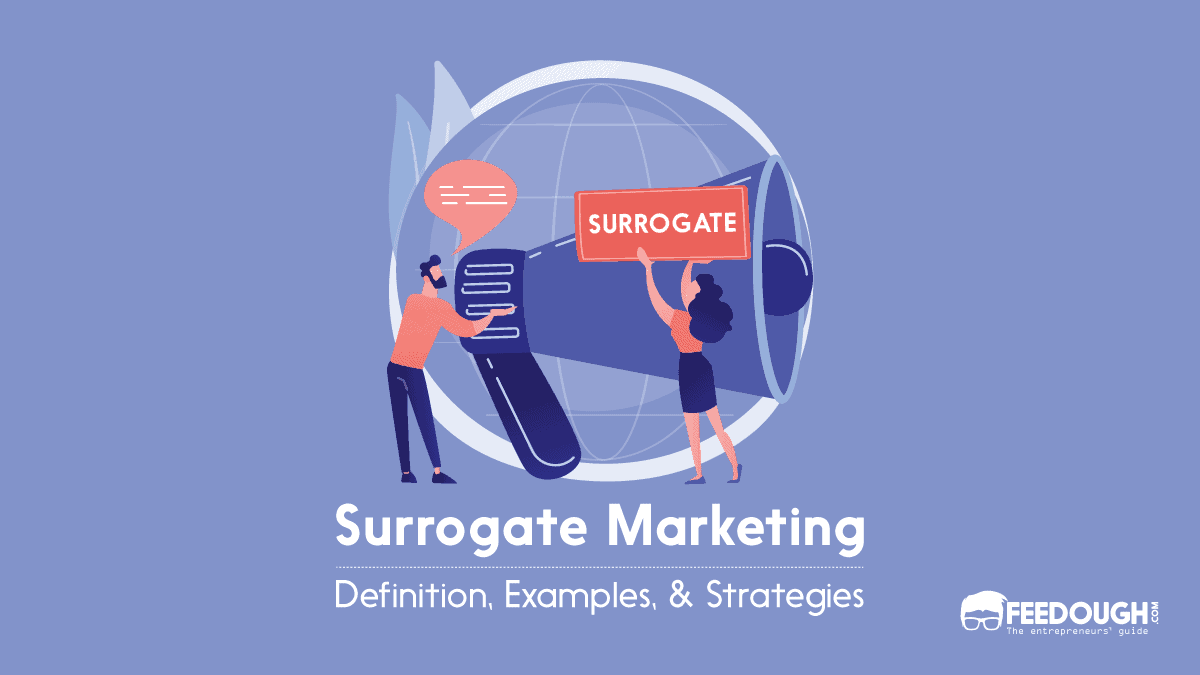Televisions have been a staple in an average home for decades now. People use them for entertainment, news, and even as an educational tool. But another common use for television is advertising. Advertisers have long used television commercials to sell their products or services to consumers.
These ads can take many different forms, but they all have one goal: to persuade viewers to buy what they are selling.
This is television advertising and it’s an important part of the marketing mix for many companies.
What Is Television Advertising?
Television advertising refers to the process of creating and airing commercials on television with the aim to promote a product or service.
TV advertising is one of the most common and effective ways to reach consumers. This is because it offers a wide reach, frequency, and impact.
While OTTs and digital content are now competing for attention with the TV industry, TVs are still the dominant medium for advertising.
In fact, an average person spends around 4 hours watching TV each day. This provides advertisers with many opportunities to get their message in front of potential customers.
How TV Advertising Works
Television advertising works by interrupting the programming that viewers are trying to watch.
Most commercials are between 15 to 60 seconds, which means they can be quite intrusive as multiple ads are typically aired during a single TV show.
While this may seem like a negative aspect for television users, it’s actually one of the things that help TV channels make money.
There are many different ways to create a television commercial. Advertisers can produce their own ads or work with an advertising agency and production house to develop the creative.
Once the commercial is created, it needs to be scheduled on a TV channel. This is typically done through an advertising agency or media buying firm.
The cost of airing a commercial on TV can vary widely depending on the time of day, day of the week, ad length, show’s rating and the channel that it airs on.
Characteristics Of Television Advertising
TV ads typically have some or all of the following characteristics:
- They are highly creative and attention-grabbing: Television commercials are designed to be entertaining and memorable so that they stick in the viewer’s mind.
- They use sight, sound, and motion: TV ads rely on multiple senses to reach viewers. This is why they often include music, visuals, and special effects.
- They are backed by marketing objective: Every TV ad is created with a specific marketing objective in mind, whether it’s to increase brand awareness or generate sales.
- They deliver a message in a short amount of time: Television commercials get only a few seconds to deliver their message. Hence, they make sure to get their point across quickly and effectively.
Types Of TV Advertising
Television advertising comes in many different forms, including:
- Television Commercials (TVC): TVCs are the most common type of television ad. They typically last between 15 and 60 seconds and air during commercial breaks.
- Product Placement: Product placement is when a product or service is featured prominently in a TV show or movie. This can be done organically as part of the story (e.g. a character using an iPhone) or through explicit placement like when a product is shown in close up or used in a key scene.
- Brand Integration: Brand integration is when a brand becomes part of the fabric of a TV show. That is, when the entire script revolves around a particular brand or has its offering as a special prize (e.g. Fear Factor where contestants win a Ford truck).
- Infomercials: Infomercials are lengthy TV ads that usually air late at night or on weekends. They typically last for 30 minutes or more and include a call to action, such as a phone number or website URL.
- Overlay: Overlays are short, 10-second ads that appear over the bottom of the screen during a TV show. They are typically used to promote upcoming programs or products during live events.
Examples Of Television Advertising
TV advertising takes many different forms, from traditional commercials to modern-day product placement. Here are some examples of television advertising:
Traditional Commercial Examples
Old Spice: The Man Your Man Could Smell Like
Old Spice is a popular men’s grooming brand that is known for its humorous commercials. The company has produced a number of memorable TV ads, including “The Man Your Man Could Smell Like.”
This commercial features a man who is confident, attractive, and successful. He is shown doing a variety of things that are meant to appeal to men, such as riding a horse and playing basketball. The commercial ends with the tagline, “Old Spice. The man your man could smell like.”
Nike: Just Do It
Nike is a famous athletic wear brand that is known for its motivational commercials. The company to promote its tagline, “Just Do It”, released a commercial featuring an 80-year-old man telling about how he runs 17 miles every morning.
Product Placement Examples
McDonald’s: Rick and Morty
Rick and Morty is an adult animated show that has a number of fast-food product placements. McDonald’s was one of the brands featured in the show, and the placement did become the talk of the town.
Brand Integration Examples
Chevrolet: Transformers
The Transformers movies are known for their product placement, and Chevrolet was one of the brands featured in the films. The company’s cars were prominently featured throughout the movies and even played a role in the plot.
Advantages Of Television Advertising
Television advertising has its advantages over other marketing channels. Here are some of them:
- Mass Medium: TV reaches a large audience quickly and effectively. This makes it ideal for advertisers who want to reach as many people as possible.
- Appeal To Everyone: Television is one such advertising medium that doesn’t require the audience to be literate. It can be consumed by people of all age groups and literacy levels.
- Persuasive: TV advertising is very effective at persuasion, thanks to its use of sight, sound, and motion.
- Creates An Emotional Connection: TV commercials often rely on emotions to drive their message home. This can be done through music, visuals, and even stories.
- Measurable: The effects of TV advertising can be measured through surveys, brand awareness studies, and sales data. This helps advertisers determine whether or not their campaigns are successful.
- Attention-Grabbing: TV commercials are designed to grab the viewer’s attention and hold it for the duration of the ad. This is done through creative visuals, music, and special effects.
- Trustworthy: TV advertising is seen as more trustworthy than other marketing channels, such as online ads. This is because TV commercials inherit the trust that viewers have in the channel itself.
- Medium To Develop Brand Personality: TV is an important medium for developing a brand personality as it allows advertisers to show rather than tell their audience what the brand is all about.
Disadvantages Of Television Advertising
Television advertising also has some disadvantages that marketers should be aware of:
- Expensive: TV advertising is one of the most expensive marketing channels available. This is because it requires a lot of money to produce a high-quality commercial and air it on TV.
- Not Targeted: TV advertising reaches a large audience, but it’s not very targeted. This means that advertisers will end up paying to reach people who are not interested in their product or service.
- Limited Creative Freedom: The limited time available for TV commercials means that there is only so much that can be done creatively. This can be a challenge for advertisers who want to stand out from the crowd.
- Not Interactive: TV advertising is a one-way medium, which means that it’s not very interactive. This can make it difficult to engage with the audience and get them to take action.
- Requires Repetition To Be Effective: TV advertising is not very effective unless it’s repeated multiple times. This can be expensive and time-consuming for advertisers.
- Less Flexible: It’s both expensive and time-intensive to make edits to a TV commercial once it has been produced. This means that advertisers have to be sure of their creative before it goes on air.
- Declined In Recent Years: The popularity of TV has declined in recent years, as more and more people are cutting the cord. This means that there are fewer people available to view TV commercials.
Future Of TV Advertising
TVs are getting smarter, and so is TV advertising. Advertisers are now using data to target their ads more effectively and to personalise them for each viewer. This means that we can expect to see more relevant, targeted, and interactive TV commercials in the future.
However, the traditional TVCs are losing their battle against mobile advertising. The growth of digital video platforms, such as YouTube and Netflix, has made it easier for people to watch what they want, when they want. This means that TV advertising is no longer the only way to reach people through video.
But, on the brighter side, TV advertising is still an important part of the marketing mix, and it’s not going anywhere anytime soon.
Go On, Tell Us What You Think!
Did we miss something? Come on! Tell us what you think about our article on television advertising in the comments section.
A startup consultant, digital marketer, traveller, and philomath. Aashish has worked with over 20 startups and successfully helped them ideate, raise money, and succeed. When not working, he can be found hiking, camping, and stargazing.
